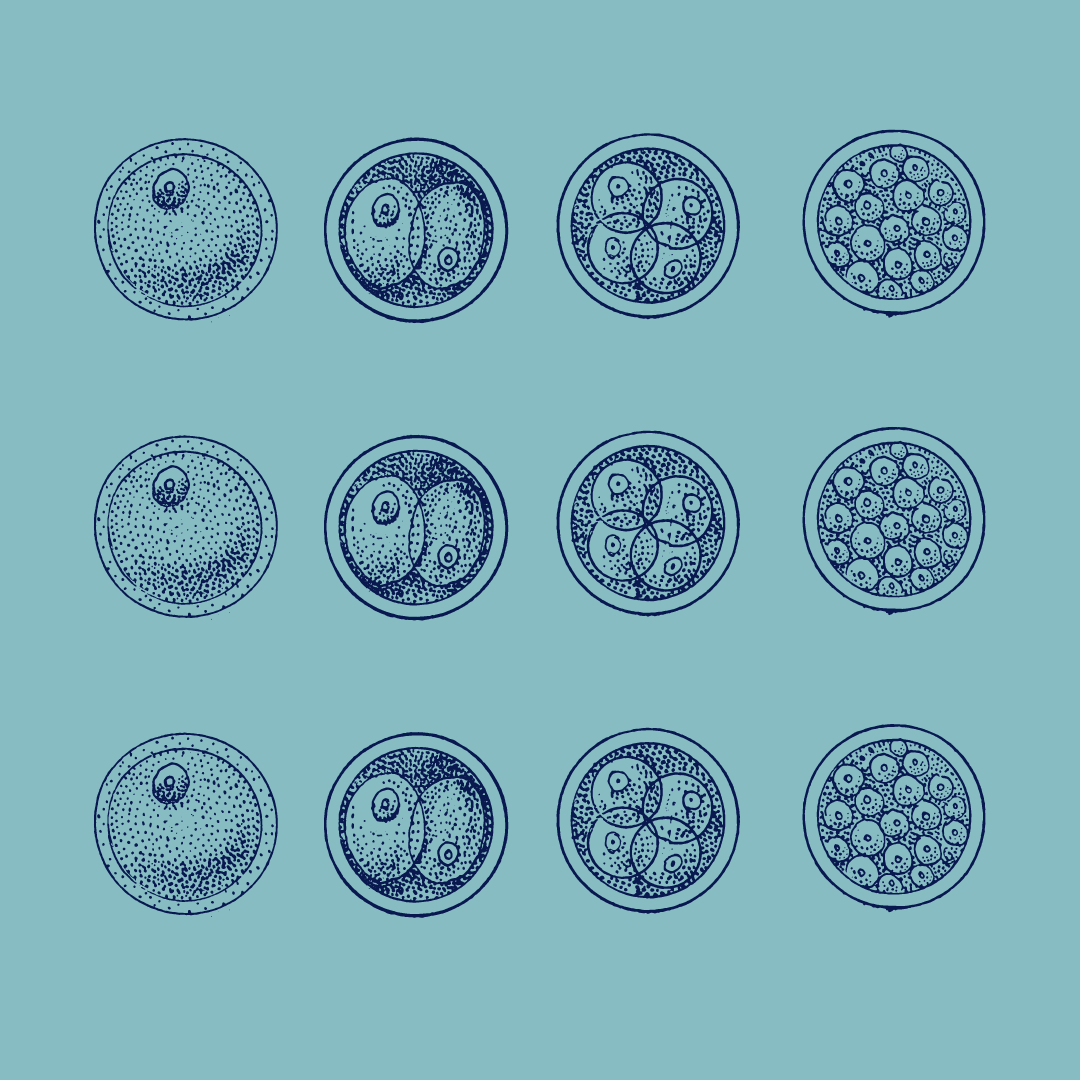Aggregated News

Scientists are exploring ways to mimic the origins of human life without two fundamental components: sperm and egg.
They are coaxing clusters of stem cells – programmable cells that can transform into many different specialized cell types – to form laboratory-grown structures that resemble human embryos.
These embryo models are far from perfect replicas. But as labs compete to grow the best likeness, the structures are becoming increasingly complex, looking and behaving in some way as embryos would.
The structures could further the study of human development and the causes infertility. However, the dizzying pace of the research, which started little more than a decade ago, is posing ethical, legal and regulatory challenges for the field of developmental biology.
“We could have never anticipated the science would have just progressed like this. It’s incredible, it’s been transformative how quickly the field has moved, said Amander Clark, a professor of molecular cell and developmental biology at the University of California, Los Angeles, and the founding director of the UCLA Center for Reproductive Science, Health and Education. “However, as these models advance...



